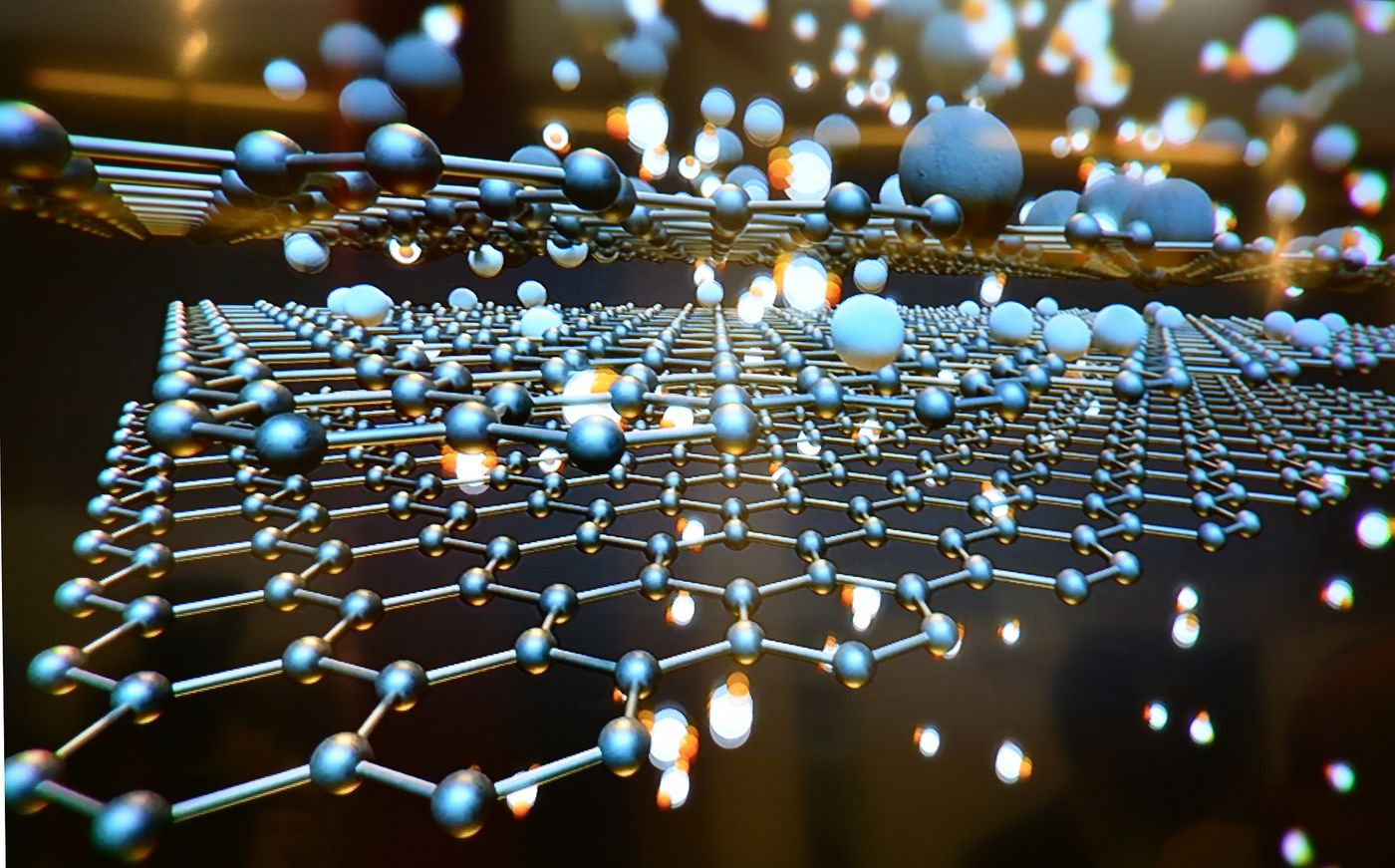Graphene, the Toughest 2-D Material
An allotrope of carbon, graphene is a two-dimensional (2D) sheet of a nearly endless hexagonal network. In many of the studies conducted on this Nobel-winning material, no one has yet taken a close look at what mechanical fatigue would do to the single-atom-thick sheet of pure carbon.
In a recent paper, a team of material scientists at the University of Toronto (UoT, Toronto, Canada) reported their fatigue study on graphene and graphene oxide (GO). To their surprise, graphene demonstrated high tolerance to fatigue — it only shattered after over a billion cycles of intense poking.
Graphene already has a reputation for its strength: at the same thickness, graphene is over 100 times tougher than the most durable steel. What's more intriguing, graphene is capable of snatching carbon-containing molecules in the environment to repair holes in its lattice.
Due to many of its outstanding properties, researchers around the globe are developing graphene-based products for various applications, including electronics, biomedical engineering, photovoltaics, batteries, and aerospace frabrication.
Material fatigue is the weakening of a material's structure, induced by repetitive mechanical stress. Take the windshield on an automibile for example: once a small crack appears, it continues to grow a little more every time when the vehicle drives on bumps on the road. The propagation of the defect would eventually lead to a complete shattering of the structure, once the crack reaches a critical size.
The UoT researchers observed the structural changes of the two 2-D materials using an atomic force microscope. They delivered poking actions to the sheets with a diamond-tipped probe, with 20% - 85% of the known force that would break the test material in an instant.
"We ran the cycles at a rate of 100,000 times per second. Even at 70% of the maximum stress, the graphene didn't break for more than three hours, which works out to over a billion cycles. At lower stress levels, some of our trials ran for more than 17 hours." said Teng Cui, the first author of the said paper and a Ph.D. student in Mechanical and Industrial Engineering, in a press release.
Moreover, they found that the fatigue-caused failure in the graphene monolayer did not start with a small crack or hole in any specific region. Instead, it happened globally and simultanously. Their simulation suggested that this was a result of carbon-carbon bond reconfigurations near the site of impact during the billion cycles of stress loading.
Meanwhile, because of its functional groups such as epoxy bridges, hydroxyl groups, and carboxyl groups, the GO sheet in their study behaved similarly to ordinary materials, with the defect forming at a local spot and progressively spreading across the entire structure.
The researchers hope that their study provides a much-needed understanding of how fatigue affects graphene and related materials, so that others will have a foundation of knowledge to build on when they are building and testing graphene-based products.
This groundbreaking research is reported in the journal Nature Communications.
Want to find out how tough graphene is? Check out the following video from Subject Zero Laboratories.
The Strength of GRAPHENE Explained (Subject Zero Laboratories)
Source: University of Toronto









